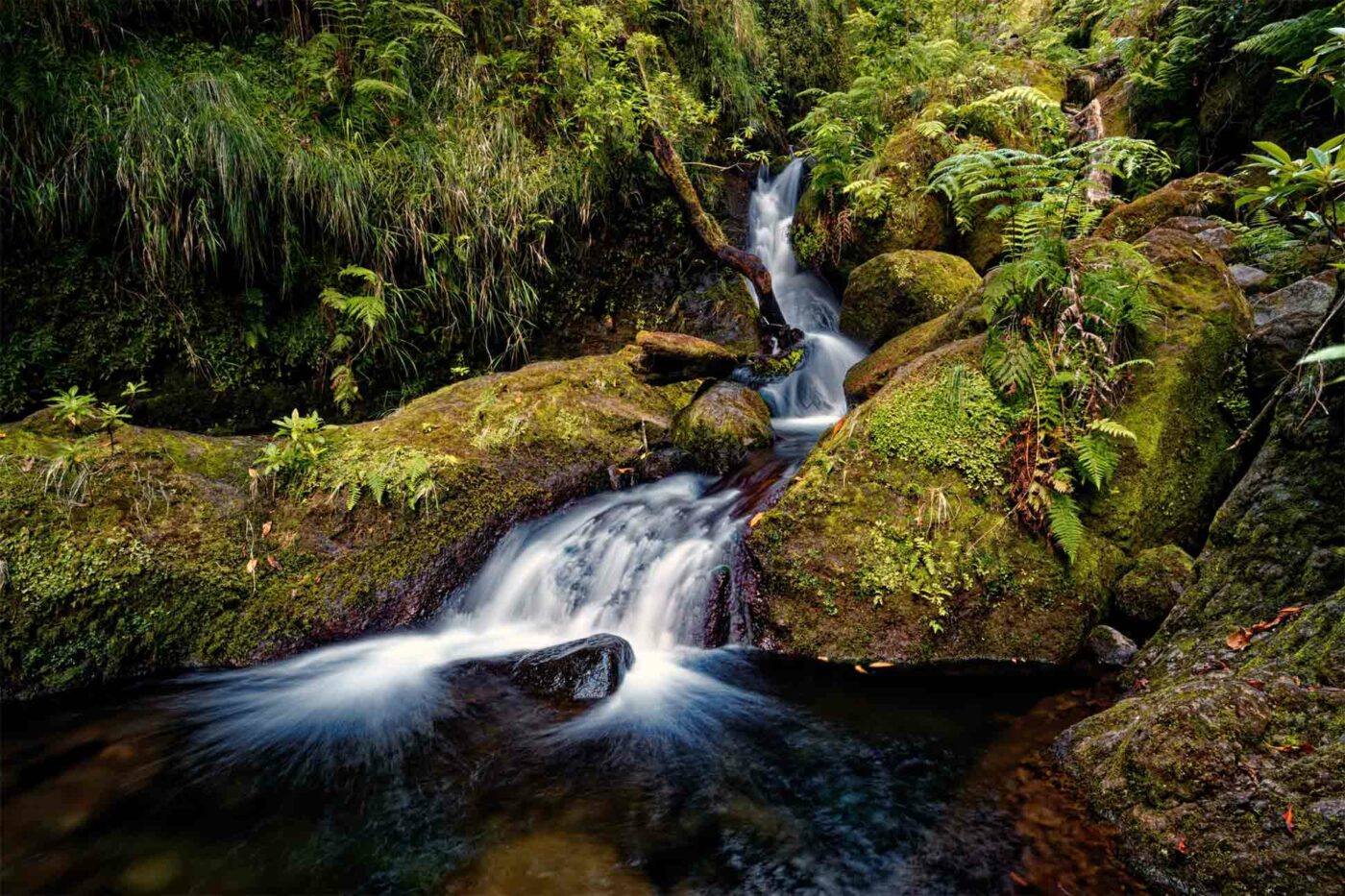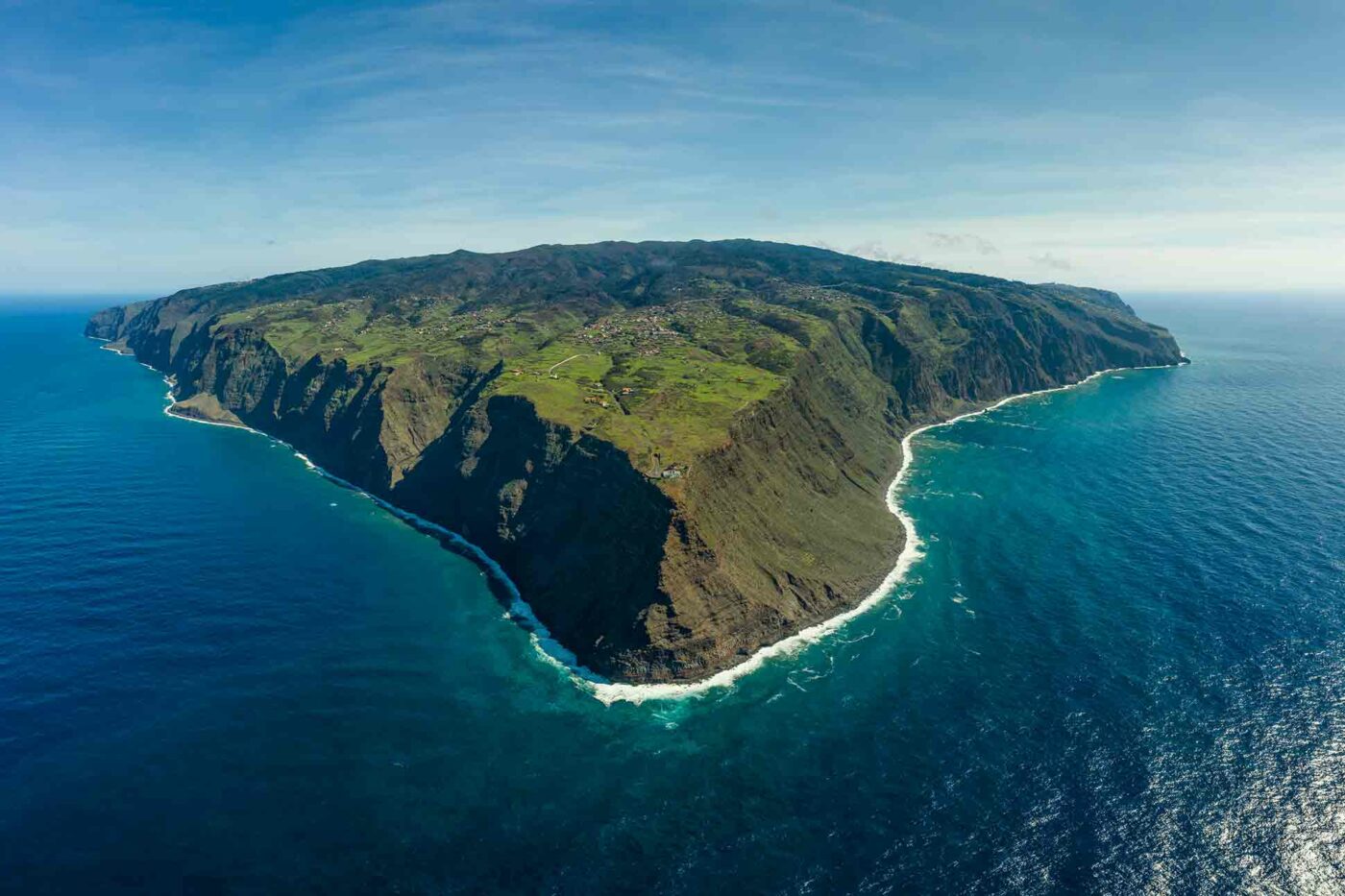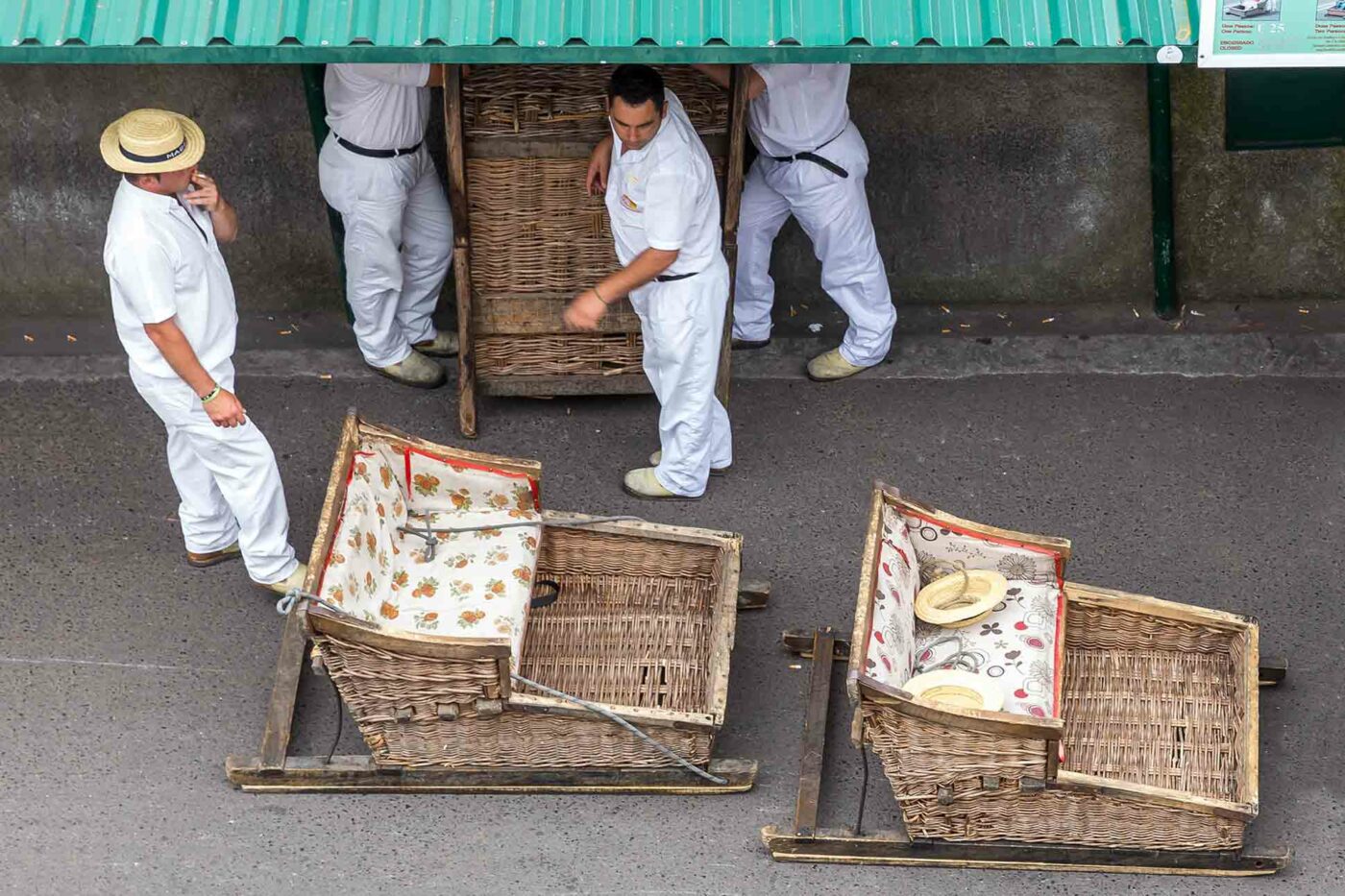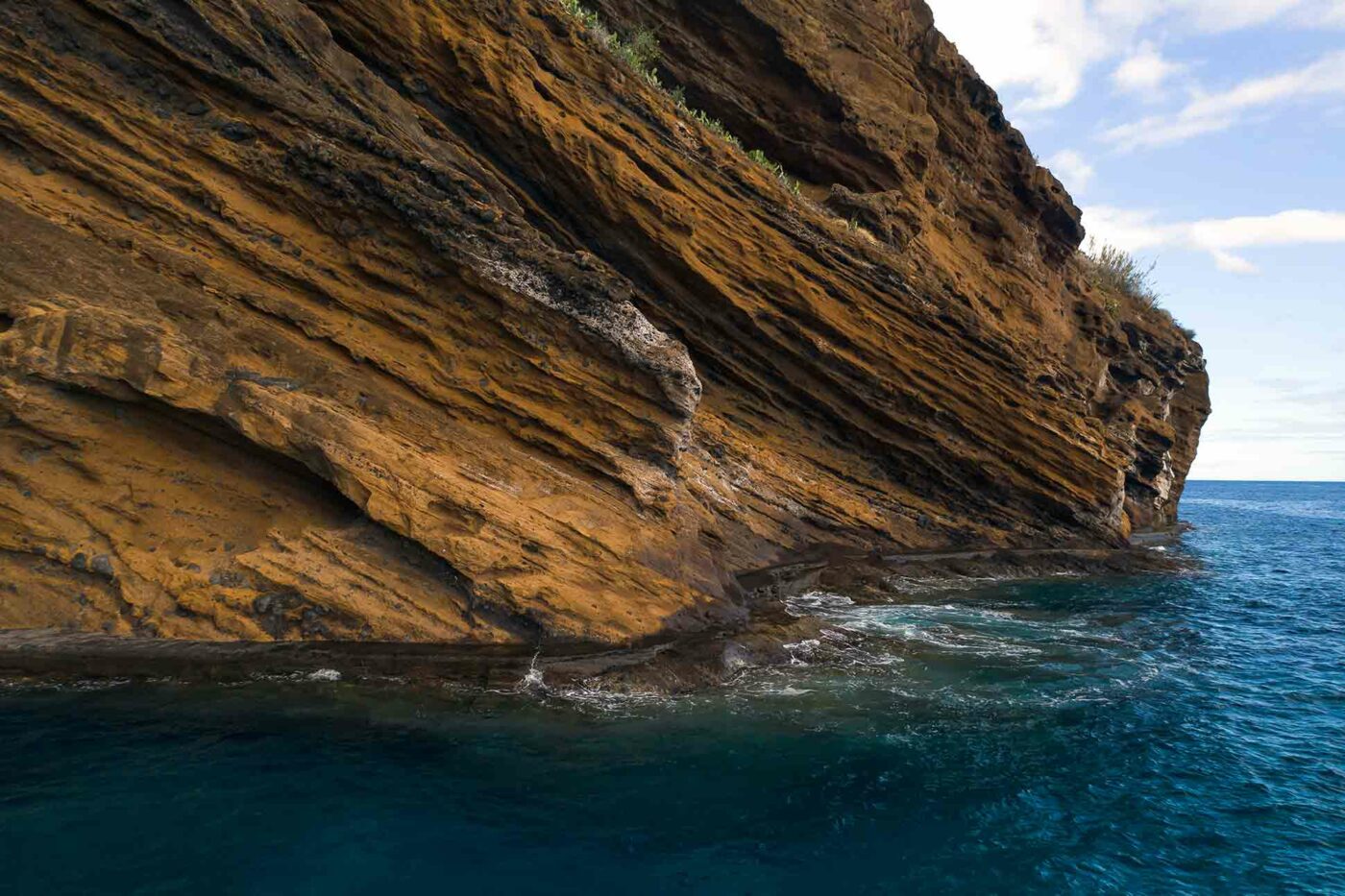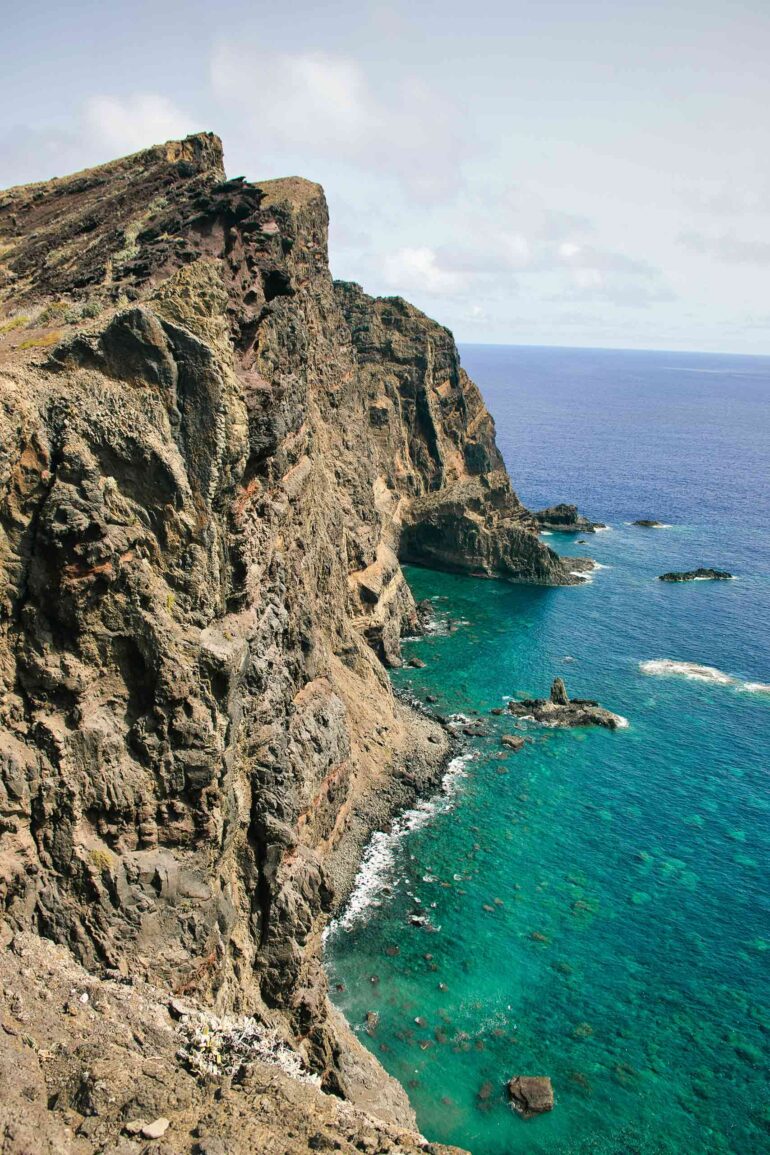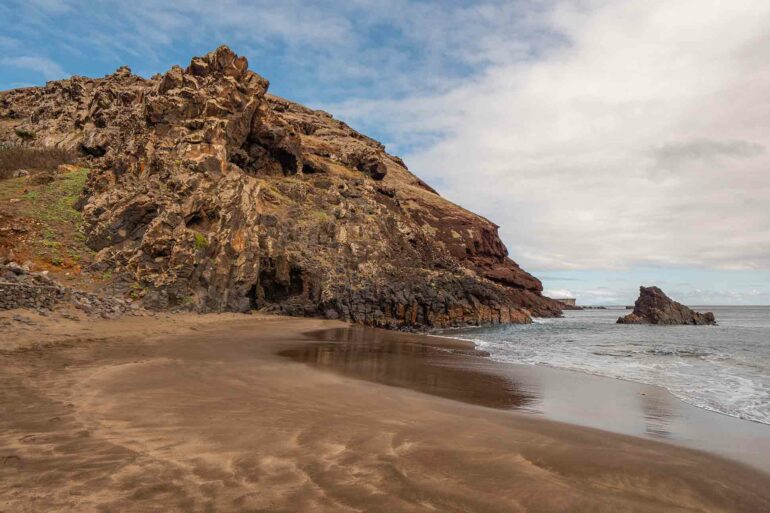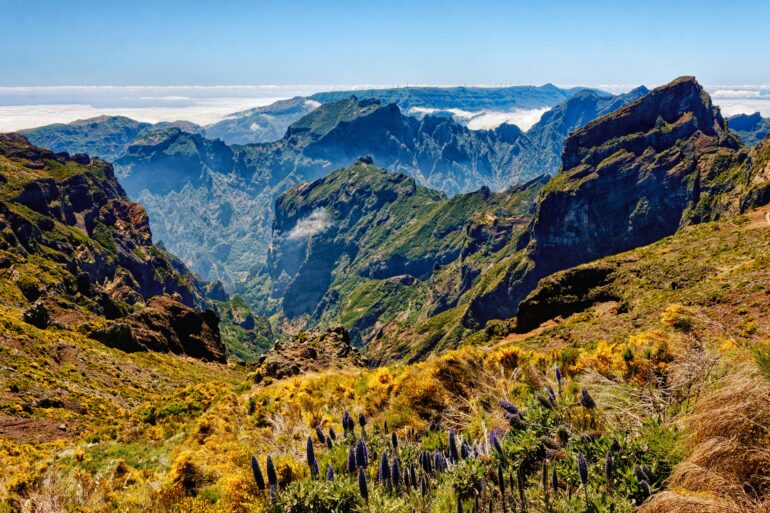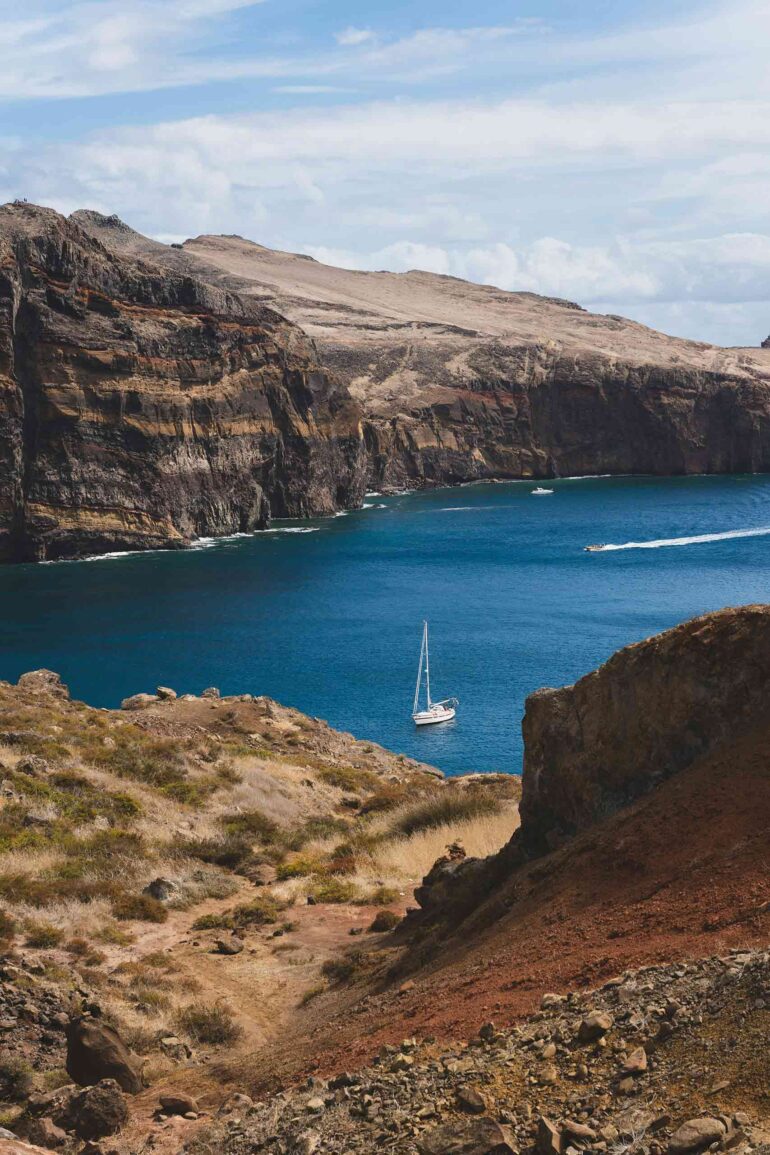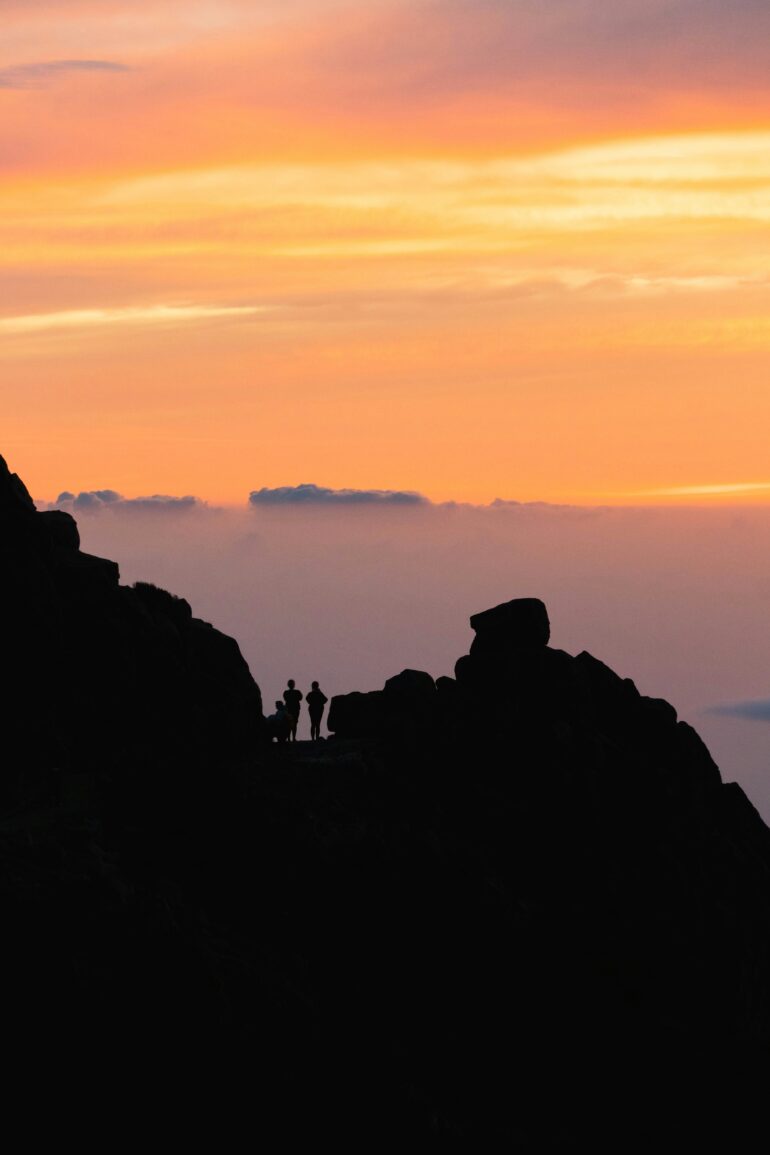In search of some winter sun, Zack Cahill ‘discovers’ the wild and somewhat quirky nature of the Portuguese island of Madeira – through the eyes, traditions and experiences of the locals who call it home.
The elusive winter sun. You have the same conversation about it every year in England, don’t you? November rolls around. The usual damp squib of a summer is long behind you and it’s been months since you had a sun holiday. The grind is getting you down. You need a vitamin D hit. You need to traipse through some nature before collapsing on a sun lounger with one of those novels you swore you’d read a year ago.
But where to? Even Spain or Portugal isn’t going to cut it in the winter months. I set my sights further south. Morocco seems distant enough, but perhaps too culturally distant. For a short break, I’m craving something a little easier to navigate. How about Madeira? Geographically (and weatherwise) it’s closer to Africa than Europe… just 500km west of Casablanca in fact, though it’s technically Portugal and about a three-hour flight from London. Funchal is the island’s only real city. Half of the population lives there, but anywhere on the small island is easily accessible by car. Best of all, it’s basically t-shirt weather all year round.
“What do you know about Madeira?” I asked a few friends before I left. Most of them blurted out, “wine?!” A few assured me it was “very hilly” (true) and one even said, “oh yes, that’s where they fling you down a hill in a basket.” Intrigued, I thought I’d start there.
It’s less lethal than it sounds. An elegiac cable car to the top of the island, taking in the lush volcanic surroundings; ascending through banana plantations, then vineyards, then eucalyptus, then pines, all hugging the curved and crumbling clifftops, the modest farmhouses clinging on for dear life. You get to the top and sure enough, two strapping, neatly dressed men will sit you in a wicker toboggan and shove you down two miles of smooth, winding, EU-constructed roads for the price of a beer at the bottom. It’s certainly a unique flash tour. I whizz by waving locals, who seem well used to such human traffic. My happy captains in their straw hats and pressed white shirts steer me effortlessly, slowing down with a casual boot heel to the tarmac, pushing off walls and drifting like a 17th-century Fast and The Furious. The wind is in your hair, your partner is clutching your arm for dear life… but by God, you’re on holiday.
“My happy captains in their straw hats and pressed white shirts steer me effortlessly, slowing down with a casual boot heel to the tarmac, pushing off walls and drifting like a 17th-century Fast and The Furious.”
It’s not just the fear that’s thrilling. This place is stunning. What we think of as Madeira is in fact the very tip of a gigantic volcano rising six kilometres from the ocean floor and poking sharply out of the sea like a geologically interesting nipple. It hasn’t been active for about six thousand years though. Instead, the volcanic soil has produced an incredible variety of flora. There was no ice age here, so when you walk through the forests you’re seeing the trees that covered Europe millions of years ago, hiking through the ancient past.
My guide, Rui from True Spirit is compact and gregarious. He drives us along the tightly winding roads through many of the island’s 180km of tunnels bored smoothly through those every present, wildly jutting hills. Frankly, it’s hard to believe anyone got around before these things were built. You can see why they took to flinging themselves down hills on toboggans. Up, up we go to the top of the island, 1,000m above sea level, for a walk along the levadas.
The Portuguese settled here in 1425 and immediately started destroying indigenous nature. It was the era when being a great naturalist clearly meant murdering as many animals as you possibly could. Ironically, ‘Madeira’ literally means wood, but the early settlers initially destroyed 75% of the indigenous forest to grow sugar cane. But it has since been allowed to grow back and Madiera’s stunning laurel forests are today a UNESCO World Heritage site.
The settlers needed water brought from the mountains so they began the immense, 500-year project of carving out the levadas; aqueducts unique to Madeira. These stone gullies run alongside the winding pathways from the highest mountains to the coastal villages, crisscrossing the island over 300km, providing water for sugar cane and banana plantations. They were the island’s own unique circulatory system. Nowadays, they act as the perfect hiking guide.
The 25-Fountain Levada walk is the island’s most famous hiking trail. The gentle rush of water accompanies you, acting as meditative background music. Mine is an easy stroll, perfectly shaded from the high midday sun by the trees and cliffs that surround the Levada walk. But if serious hiking is your thing, Madeira sports the highest cliffs in Europe offering immensely breathtaking views.
We stop for lunch at Quinta do Furão, a restaurant overlooking Santana beach and enormous cliffs. Again I’m struck by the drama of this place. It’s tropical, dramatic, positively Byronic. A lunch of the local Scabbard fish, an odd-looking, deep sea-dwelling beast the fishermen earn their living from. And with full bellies, it’s time for some off-roading.
“It’s better if you stand up,” yells Rui as we tear off into the mountains. I’m somewhat prone to motion sickness but have dosed up on the appropriate stomach-settling tablets, so I’m good to go. We tear off downhill to the south coast as I stand in the back of our open-top jeep, bouncing and whooping… through dense forests, hugging cliff edges, taking breakneck turns up unfeasibly steep inclines. Rui clocks my look of concern and just laughs calmly. This is why you need a local.
“I like to travel, but always like to come back here,” says Rui. “There’s so much to do here. It’s a small island but it’s a beautiful one. The average salary here is just 800 Euros per month. And the average rent is 800 Euros per month. So living here is tough and buying a place is hard unless you’re married. But man, it’s a great place to live.”
On we go, vertiginous mountains looming over us and, plunging ravines below, through steaming tropical forests. Rui takes advantage of the open-top by driving us under some of the roadside waterfalls, a refreshing blast of fresh mountain water leaves me showered for dinner.
I’m up before dawn the next day, hopscotching over cowshit on a cliff edge in the north of the island. I watch the sunrise surrounded by the thousand-year-old trees of the laurel forest. The trees are dripping with moss and lichen; the air is humid and clean.
I’m ready for some yoga with Emilie Mangoni, a French transplant who offers yoga retreats on the island.
There’s vigorous, sweaty yoga and there’s hippy yoga. When she gets the chimes out I guess it’s the hippy kind. Which is fine by me. I love a gong bath. We contort ourselves for a bit as the early morning sun warms us up. Then we lie down and meditate while our teacher plays mystical tones on gongs (“432 hertz, the sacred frequency of the heart,”) and guides us through breathing exercises.
Speaking to some of my classmates afterwards, about being trapped in our small flats or working alone from empty offices, our teacher looks around and says “my office is not so bad.”
We take the old roads to Camara de Lobos, a fishing village where the scabbard fish is caught. It has the cobbled and aged look of a town that hasn’t changed for hundreds of years. The small traditional white houses mottle the cliffs surrounding the village. It’s a fine spot to try some Poncha, a local spirit made from sugar cane, honey and lemon juice. It can be incredibly strong, so should be approached with care. Or you could opt for the safer option and try some of the local wines.
Wine goes back six hundred years here, and the unique terrain makes mechanisation impossible, so it is cultivated in small terraces using traditional methods. The fortified wine is famous the world over and is beautifully balanced and sweet. But the local white, Caracol, is also perfectly refreshing, especially when sitting at a small tavern after an afternoon’s hike.
But I opt for the ‘healthier’ option of kayaking, setting off from a sandy beach towards the epic cliffs. I’ve never been to Hawaii but this feels indistinguishable from my mind’s impression of that place, constructed from a thousand movies. The water is clear and of perfect temperature, the cliffs are towering and the sky is a perfect blue. I paddle deep into dark caves where all I can hear is the roar of the water and the echoing sound of my own voice as I howl into the darkness. Rising and falling with the pulse of the ocean, I circle in and out of the caves, along the crazed volcanic coast, drifting on the waves. I lose time out there, completely in the moment. This is the escapism I sought. Dolphins allegedly abound here, though I didn’t spot any today, because I spent most of my time looking up at the cliffs. But boats will happily bring you out to spot them.
I stick with the kayak, powering along for a bit, then lying back and drifting. Fifty yards from the shore, a few hundred miles from Africa, I feel a million miles from home.
Zack’s winter-sun escape to Madeira was in partnership with Visit Madeira. At time of press, travel restrictions and testing requirements were still in place. For seamless travel testing, we used Qured.
Photography courtesy of Visit Madeira / Digital Travel Couple / Journey Era and by detait, Feeltoep, Noel Schlafli and Yves Alarie via Unsplash
Get out there
Do…
… get out on the water. Whether on a whale or dolphin spotting boat trip, a yacht charter or just adrift on a kayak, the power and beauty of the Atlantic Ocean is restorative and energising. If being on the sea is not your thing, take time to admire it from the coast.
… invest in and bring a good camera. The landscapes across the island are so breathtaking and dramatic that sometimes even the best smartphones can’t capture its depth and detail.
… at least one levada walk. Just in case we haven’t quite drummed that point home. There are some that are a whole day’s hiking, while others just take a couple of hours, but they all offer up breathtaking views.
Don’t…
… miss the opportunity to taste some fortified Madeira wine and be willing to ‘open your palate’ to it. Fortified wine may be known as grandmother’s tipple at home, but here there are so many different and delicious varieties to try across the island.
… just swim on the beach or in your hotel pool. Try the volcanic lava pools – designed and engineered by nature for an experience that is truly Madeiran.
… just happen upon a spectacular sunrise or sunset. Go out and hunt them down. Madeira’s unique and remote location in the middle of the Atlantic means that there is next to nothing looking East and West. So sunset from the right position is absolutely magical and uninterrupted.
The inside track
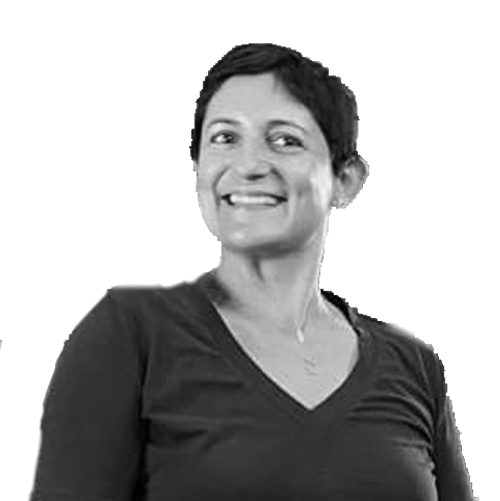
Catarina Welsh was born in Madeira, went to school in England and studied Japanese in Edinburgh. After a career in banking in Lisbon, she returned to the island to look after the family businesses, which includes Quinta das Vinhas, a small organic vineyard hotel in Estreito da Calheta.
www.qdvmadeira.com
Eat
Fora d’Oras is a lovely place to eat on Funchal, bustling with locals. The restaurant serves up some stunning local plates as well and the ambience is simple but contemporary.
See
For some local artistic flair, visit the atelier of multi-disciplinary Madeiran artist, Teresa Lobo. You’ll find her in Rua dos Capelistas 18 on the 1st floor. Her work is environmental and rich with local storytelling.
Walk
My favourite space for a bit of nature is the Reserva Natural da Rocha do Navio in Santana. It’s a beautiful and dramatic place to soak in the powerful and wild Atlantic coastline of Madeira.


